We are all acutely aware of how difficult it is to find our footing in this turbulent time. Our eyes and ears are assailed with violence, lies, and destruction, blinding us to the beauty of the creation and of the love that sustains us day by day. Our language itself is torn apart as people use words as weapons in their own search for power and domination. We lose the capacity to think, communicate, and construct a common world of meaning.
As I pick through the cacophony of news, I, like you, have been trying to grapple with the consequences of the US Supreme Court’s recent Dobbs decision overthrowing 50 years of women’s right to control their own reproductive lives. In the process I have been thinking about tragedy and crime, and about the clash between static and developmental views of reality. In short, like any academic, I have been thinking about Aristotle and Plato.
The Supreme Court’s decision has now turned a tragedy into a crime. The word “tragedy” is misused daily in our common speech. We speak of the massacres of children in Uvalde and New Town as “tragedies.” No, they aren’t. They are crimes. They are evil acts seeking to do evil things. When we go back to the origins of the tragic sense, following Aristotle and the ancient Greeks, we see in “tragedy” that out of good intentions can come self-destruction and evil. Good intentions, pursued by “good” people, can lead to bad ends. This is the tragic reality embedded in human life. In calling something a tragedy, we are actually trying to say that an action or event outstrips our moral categories, which assume that we ultimately live in a moral universe where good produces good and evil produces evil. This is the utopia of every moralist. And the law, if nothing else, is a moralistic enterprise.
Termination of a pregnancy is a tragic event. A woman and her physicians and supporters seek her good. The emerging human life is also a good, seeking its fuller development. In the collision of two sets of goods, one set is badly injured or lost. We can only struggle to salvage what we can. In the midst of tragedy we try to find ways to heal the loss, to rekindle hope in an ultimate reconciliation, to trust in resurrection beyond the deaths in life.
But the law, like morality, wants to see crime and criminals in the midst of tragic struggle. And we, too, seek to minimize the tragic in our life by seeking to contain it in the clear walls of crime and punishment. But, as Thomas Aquinas and many others have pointed out, the effort to contain tragedy within the law’s conception of criminality can also produce yet more tragedy, loss, and evil. And so it is in the tragic arena of terminated pregnancies, where the Dobbs decision will cause additional women to lose their lives, ostensibly for a greater good.
As a Christian ethicist I, too, tried to put all of life into the moral categories that would eliminate tragedy from life. It is the inevitable tenor of ethical work. But as a Christian theologian, I also remember that if the Christian story stopped at the crucifixion, it would be a tragedy. The story of Jesus would be the story of a good life and a good man, brought to death in pursuing the good vision that could not survive in this twisted world. And thus, tragedy and a tragic vision is a critical component of Christian spirituality and ethics. But the story does not stop there, for the path to the cross is also the path to resurrection. There is a final state of joy and laughter, of resurrected life. As Aristotle would point out, there is, finally, a life in comedy.
Both phases of our life’s vision need to be claimed and lived into. Without awareness of the cross we are tempted to turn life’s intractable tragedies into crimes. We try to eliminate tragedy with the magic wand of ethics and law. At the same time, without resurrection, we become lost in despair and the entanglement of interminable evil consequences that the Greeks of Aristotle’s time called the furies. In a time when the furies seem to be all around us, the vision of a comedy of resurrection and a new heaven and a new earth becomes precious indeed. Both moments of this story need to be held on to as we struggle with the many dimensions of this life and death dilemma.
Next time, I will turn to our conceptions of the eternal and the developmental conceptions of existence that are at play in the abortion debates.

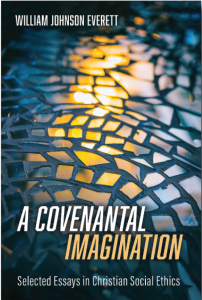
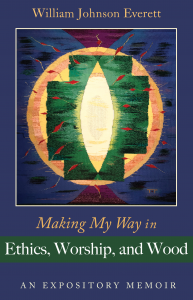
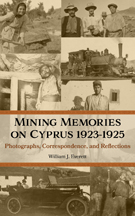
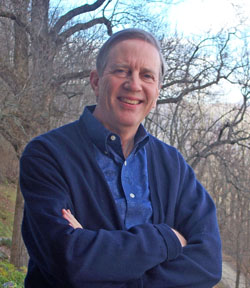
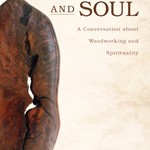
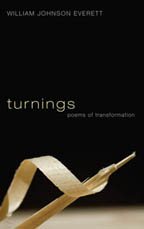
 Red Clay, Blood River
Red Clay, Blood River